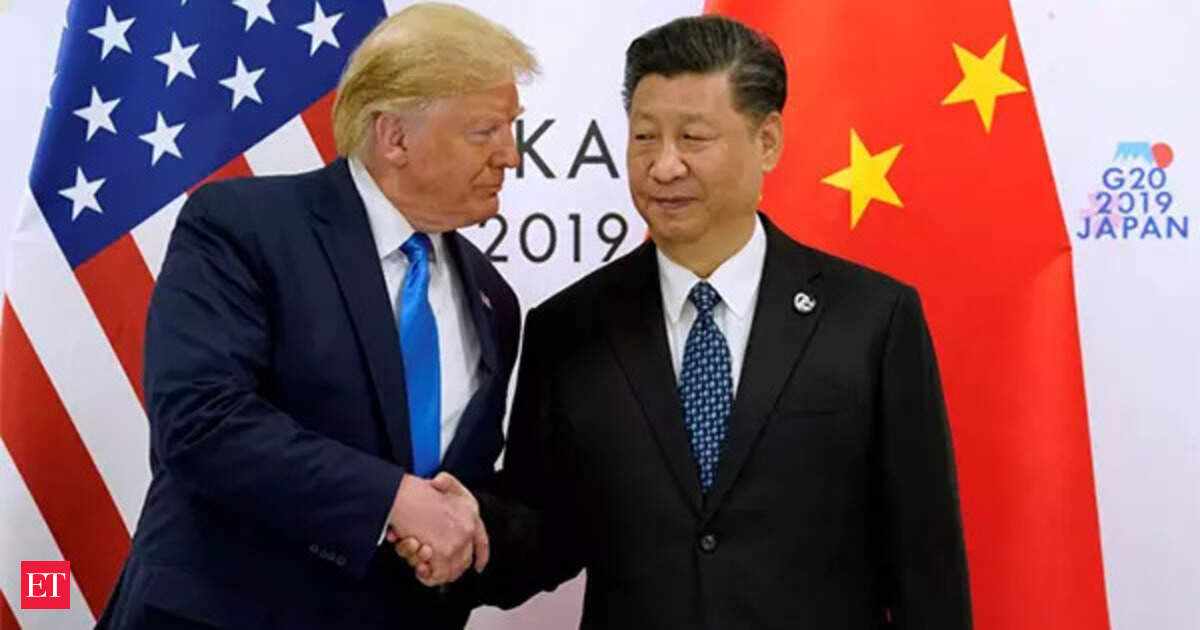Fentanyl is a synthetic opioid up to 50 times stronger than heroin and 100 times more potent than morphine. Just 2 milligrams—an amount smaller than a few grains of sand—can cause a fatal overdose. The US has faced a relentless wave of fentanyl-related deaths, with tens of thousands of Americans dying annually from overdoses linked to the drug and its analogues. The Centers for Disease Control and Prevention (CDC) estimates that synthetic opioids, primarily fentanyl, are responsible for over 70,000 overdose deaths in the US each year.
Trade policy as a weapon against Fentanyl
In response to the crisis, President Trump stated an emergency and imposed a 20% “fentanyl tariff” on all Chinese imports, explicitly linking trade penalties to China’s alleged failure to stem the flow of fentanyl precursors to Mexican drug cartels, which then traffic the drug into the US. This fentanyl tariff remains in place even as broader tariffs have been temporarily reduced following recent trade negotiations.“The flow of contraband drugs like fentanyl to the United States, through illicit distribution networks, has created a national emergency, including a public health crisis. Chinese officials have failed to take the actions necessary to stem the flow of precursor chemicals to known criminal cartels,” stated the White House.
China’s response and diplomatic tensions
China has pushed back, arguing that the US opioid crisis is rooted in domestic misuse and regulatory failures, not Chinese exports. Still, in a move seen as a gesture of goodwill, China recently tightened controls on two key chemicals used in fentanyl production, adding them to a list of strictly regulated substances.
Both 4-ANPP and NPP are widely recognized as the most immediate precursors used in illicit fentanyl synthesis. Chinese authorities have also added other related substances to their control lists in line with United Nations recommendations, and are working to schedule additional chemicals such as 4-piperidone and 1-boc-4-piperidone.
Chinese officials, however, maintain that the ultimate responsibility lies with the US:
“Fentanyl is the U.S.’s problem, not China’s. The responsibility to resolve this issue lies with the United States,” said Guo Jiakun, spokesperson for China’s Foreign Ministry.
Fentanyl’s role in trade talks
The 20% fentanyl tariff is now a sticking point in ongoing negotiations. While both countries have agreed to temporarily lower other tariffs, the fentanyl-related duties remain, reflecting the issue’s political and public health gravity. The US insists that further progress on trade depends on China’s willingness to clamp down on fentanyl precursors, while China views the tariff as punitive and based on a mischaracterization of the crisis.
The stakes
- US Customs and Border Protection (CBP) reports that seizures of fentanyl at the border have doubled in the past two years, yet the supply remains robust, fueling the urgency behind the US’s hardline stance.
- The ongoing dispute threatens to disrupt global supply chains, with the fentanyl crisis now influencing tariffs on a wide range of goods, from electronics to pharmaceuticals.
- The August 14 window is critical: if no further agreement is reached, tariffs could snap back to higher levels, with the fentanyl tariff remaining a central point of contention.


